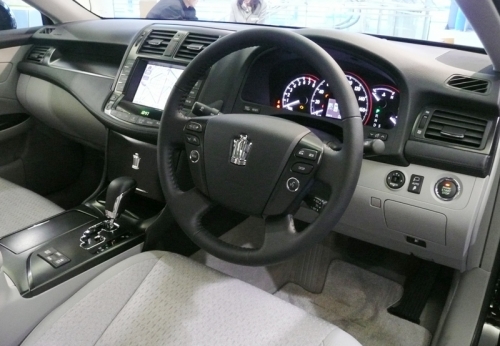
It was only a couple of months ago that Google presented its driverless car prototype to the world, but it’s already one of the primary topics of conversation across insurance agencies worldwide. The very definition of a car itself is due to change, meaning that underwriting will eventually become far more complex.
Though Google’s new vehicle looks and acts like something taken straight out of Minority Report, it’s actually surprisingly close to hitting the streets. Though Google has not quoted an official release date, other car manufacturers - including Honda, BMW and Audi - have unveiled their new prototypes at this year’s Consumer Electronics Show (CES), no doubt in the wake of a flustered period of “keeping up with the Joneses.”
What does this all mean for your insurance premiums? Hopefully, it means that they’ll drop significantly.
Evolution of Safety Measures
Believe it or not, there are actually a number of technological innovations on our doorstep that could see drastic changes to the way car insurance is offered. Collision Avoidance Systems (CAS) are the immediate future of auto-locomotion, with innovative safety measures such as advanced emergency brake systems being built into new cars produced in Europe in a bid to save 5,000 lives and prevent 50,000 serious injuries per year.
Blind spot sensors are also on the cards for larger vehicles, especially lorries. Too many accidents occur due to operators of large vehicles failing to check their blind spots before making a turn or merging into another lane. Lane drift sensors prevent this even further.
This all means that the number of claims should drop drastically. Insuring cars will involve far less risk, which means that smaller insurance firms can offer competitive rates and steal customers from those companies that refuse to adapt.
This technology is something of a double-edged sword. On the one hand, insurers won’t have the same leverage to charge an excess on the grounds of driver error. On the other hand, they could make a hefty profit on charging excess to cover all those expensive extras. It’s certainly an interesting issue.
The Future for Insurers
Chunka Mui in Forbes recalls that Kodak accurately predicted in the 1980s that digital photography would not threaten them for a decade or so, yet despite this, they failed to prepare. If insurers aren’t careful, the same could happen to them.
The way we see it, insurers either have two options. The first option will be that they use the potential drop in claims to their advantage by being highly competitive with pricing and get the best customers first. The second is to continue charging the same premiums for a short-term boost that they could use to invest in future projects, once they’re informed enough to know how to appropriately deal with the changes.
Either way, consumers will be given a golden ticket during the transition period. If they make the immediate investment, the savings in the long-run could be staggering.
Comments
Go to blog index
